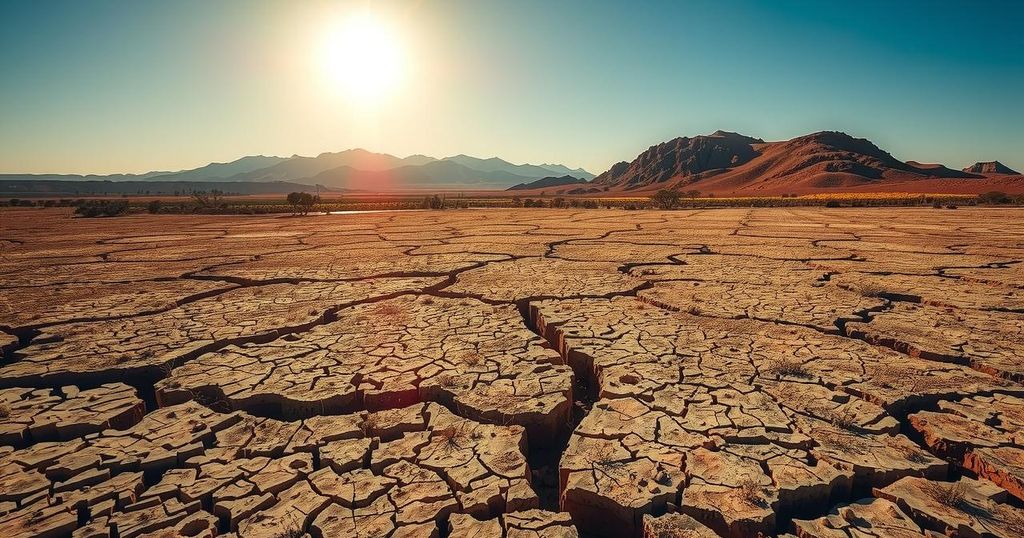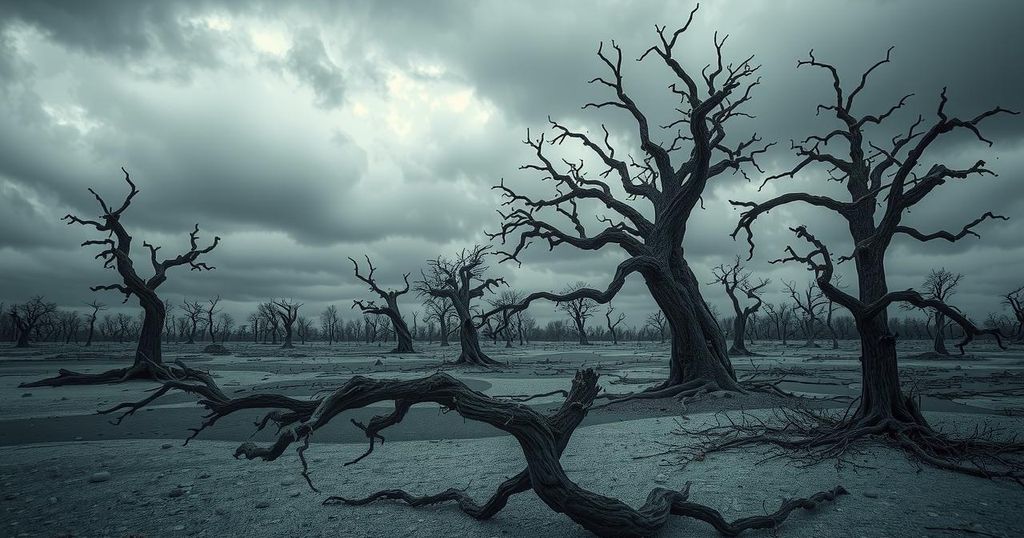The Need for Women’s Voices in Climate Change Discourse
Women and girls are heavily impacted by climate change, bearing health risks and securing essential resources for their families. However, their voices are largely absent in climate reporting, with a mere quarter of sources cited being female. Research indicates that while women lead many environmental efforts, their roles are often overlooked or misrepresented, particularly in the global south, highlighting a critical gap in environmental discourse.
Women and girls face significant challenges posed by climate change, suffering health consequences from various environmental disasters. Their roles as primary providers of food, water, and energy mean they bear the brunt of resource scarcity due to extreme weather events. Despite their critical contributions, their voices are notably absent in climate change reporting, with only one in four sources cited as women from 2017 to 2021, according to a Media Diversity Institute analysis.
Research conducted on media coverage of environmental issues in regions such as Iran highlights the underrepresentation of women as sources in climate discussions. Many women are hesitant to share their experiences due to potential government repression, including intimidation or imprisonment. For instance, during a heatwave in 2024, while women faced severe health issues such as heatstroke and miscarriages, media focused predominantly on government responses, neglecting these personal narratives.
While women’s voices are scarce in climate reporting, they are significant contributors to environmental activism. Studies indicate that women volunteer more for environmental causes and that nations with female political leaders often implement more robust climate policies. However, recognition of their efforts is often skewed towards the global north, leaving women in the global south without adequate media attention.
The work of women environmental leaders in regions like Iran and Africa often goes unrecognized despite their sacrifices. Activists such as Niloufar Bayani and Juliet Kabera exemplify the dedication and risks faced by female leaders in conservation. Bayani, even during incarceration, sought to educate others on the climate crisis, while Kabera advocates for plastic bans on international platforms. These examples underscore the lack of visibility in media discourse.
The prevailing narrative in environmental reporting tends to depict women merely as victims rather than as capable leaders and experts. This pattern not only sidelines their experiences but also necessitates reflection on the need for women’s representation in discussions that shape environmental policies. Understanding their perspectives could significantly enrich climate policy frameworks, improving outcomes for those most affected by environmental challenges.
In conclusion, women and girls are disproportionately affected by climate change, yet their stories remain largely unrepresented in media narratives. Despite their crucial roles and leadership in environmental initiatives, societal and governmental barriers silence them. Acknowledging the substantial contributions women make and promoting their voices in climate discourse is vital for establishing effective and inclusive environmental policies. The absence of women’s perspectives from climate reporting not only diminishes their struggles but also hampers the development of solutions that address the complexity of the climate crisis.
Original Source: theconversation.com




Post Comment